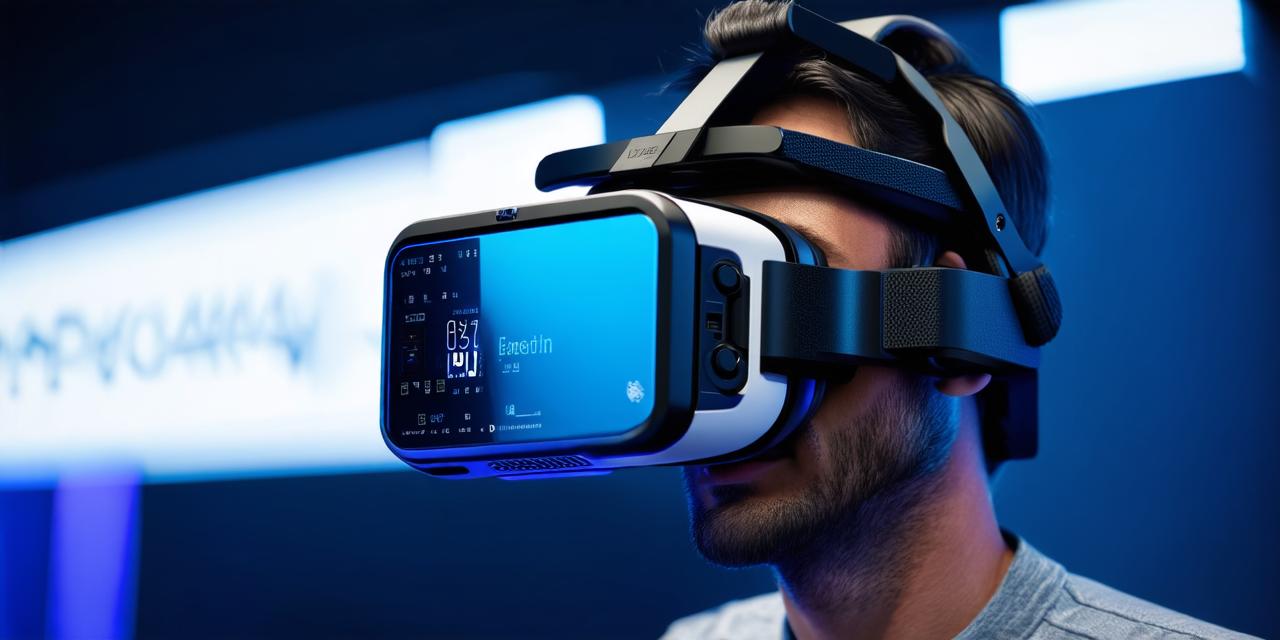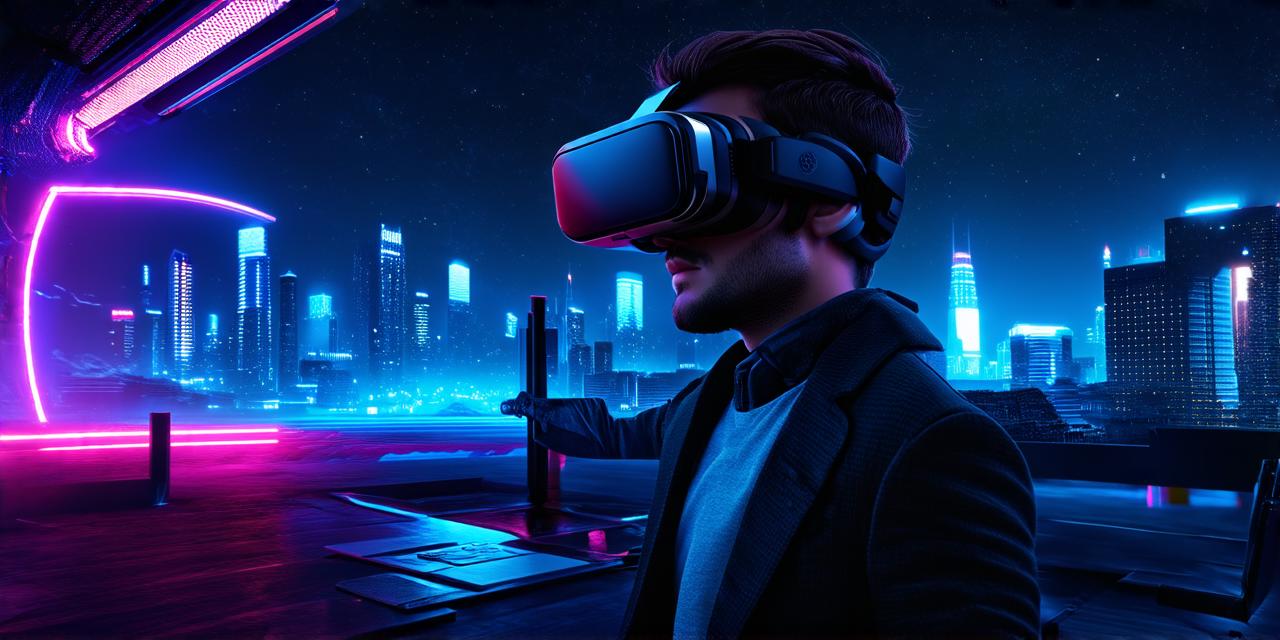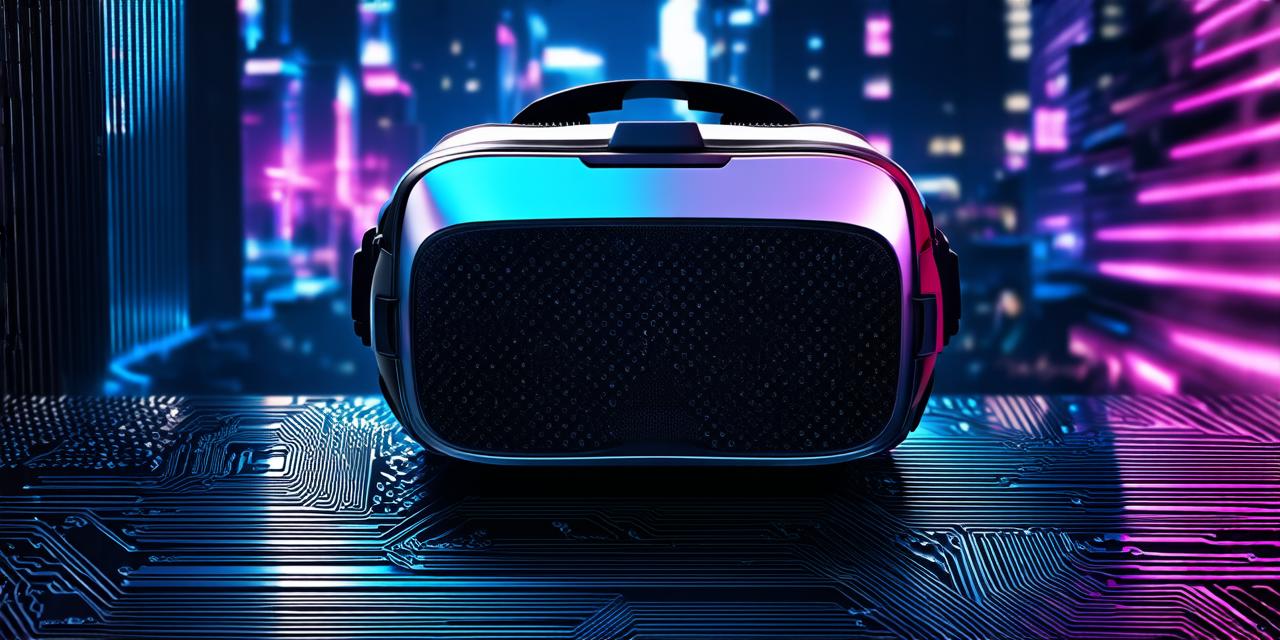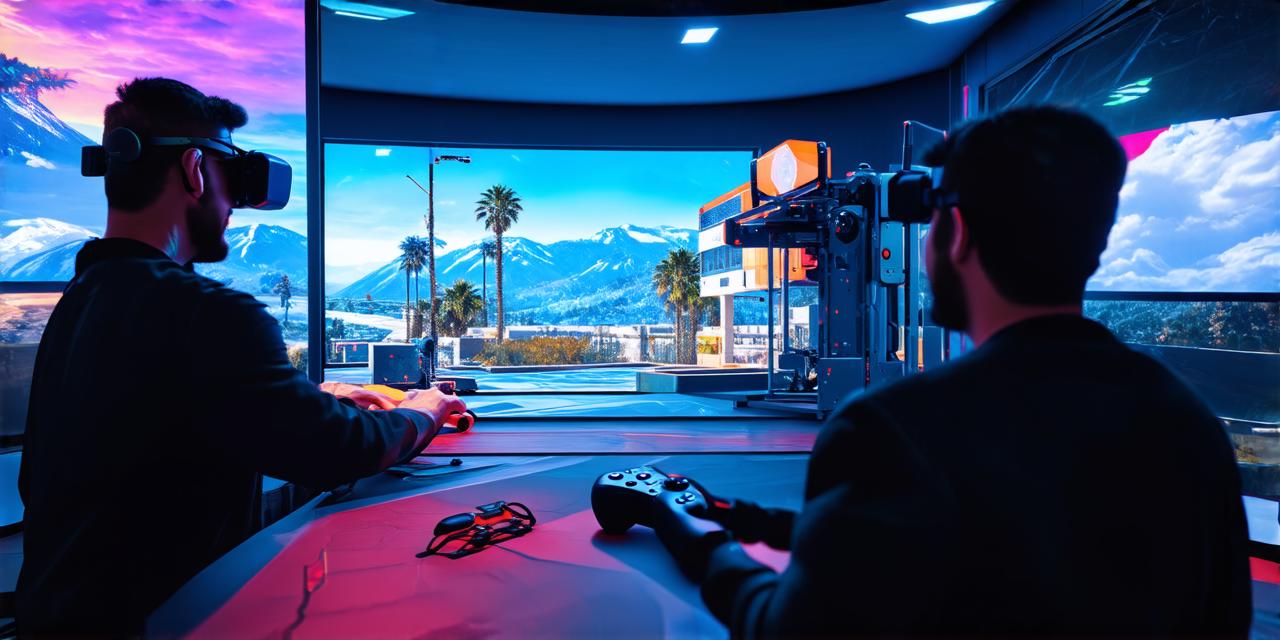Frame rate vs. refresh rate: what’s the difference?
It is essential to understand the distinction between frame rate and refresh rate when it comes to virtual reality headsets. While both terms are related to the display, they refer to different aspects of the technology. Frame rate refers to the number of images or frames displayed per second by the VR headset’s display. For instance, if a VR headset has a frame rate of 90 fps, it means that it displays 90 frames per second. The higher the frame rate, the smoother and more realistic the visual experience will be.
On the other hand, refresh rate refers to the number of times the display refreshes or updates per second. Refresh rate is usually measured in Hertz (Hz) and can affect the user’s perception of motion and movement. A higher refresh rate can make objects appear more fluid and natural, while a lower refresh rate can cause visual glitches and distortions.
Factors that impact frame rate
Several factors can impact the frame rate of virtual reality headsets, including:
- Processing power: The processing power of the VR headset’s hardware, such as the CPU and GPU, can affect the frame rate. Higher-end processors can handle more complex graphics and animations, resulting in a higher frame rate.
- Display resolution: The resolution of the VR headset’s display can also impact the frame rate. Higher-resolution displays require more processing power to render images, which can lower the frame rate.
- Game engine: The game engine being used for virtual reality development can affect the frame rate. Some game engines are optimized for high-performance graphics and animations, while others may struggle to achieve high frame rates.
- Scene complexity: The complexity of the VR scene being rendered can also impact the frame rate. More complex scenes with a large number of objects and textures require more processing power, which can lower the frame rate.
- Room scale vs. wireless: VR headsets that use room-scale tracking can provide a more stable and consistent frame rate than wireless VR headsets. This is because room-scale tracking allows for more precise positioning and movement tracking, reducing motion sickness and other negative effects.
Real-life examples of frame rate impact
Let’s take a look at some real-life examples of how frame rate can affect user experience:
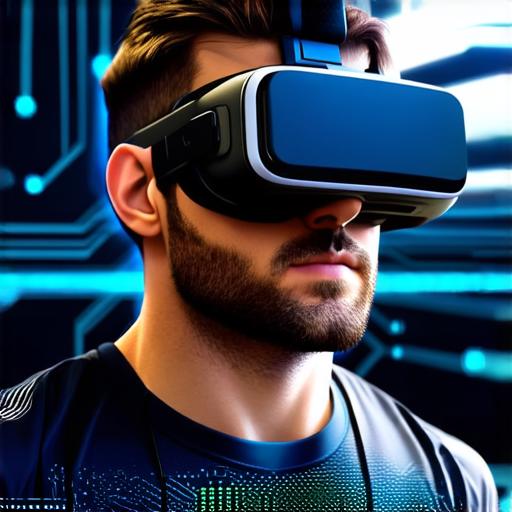
- A VR game with a low frame rate may cause motion sickness and nausea, resulting in an unpleasant and unimmersive experience for the user. In contrast, a VR game with a high frame rate can provide a smoother and more realistic visual experience that enhances immersion.
- A VR training program for pilots or surgeons may require a high frame rate to accurately simulate real-world scenarios. For instance, if a pilot is training to land an aircraft, they need a high frame rate to accurately judge the distance between the plane and the runway.
- In a virtual tourism application, a low frame rate can cause visual glitches and distortions that reduce the user’s ability to explore and appreciate the destination being shown. A high frame rate can provide a more immersive experience that allows users to feel as if they are really there.
- A VR movie or video with a high frame rate can create a more cinematic experience, with seamless transitions between shots and enhanced visual effects.
- High frame rates can also be useful in scientific applications such as virtual dissection, where researchers need to observe intricate details of an organism or system with precision.
Conclusion
Frame rate is a critical aspect of virtual reality technology that impacts user experience in several ways. Understanding how frame rate works and the factors that can impact it is essential for AR developers to create VR experiences that are more immersive, interactive, and enjoyable for users. As technology continues to evolve, we can expect to see even higher frame rates and more advanced display technologies that will further enhance the VR experience.
